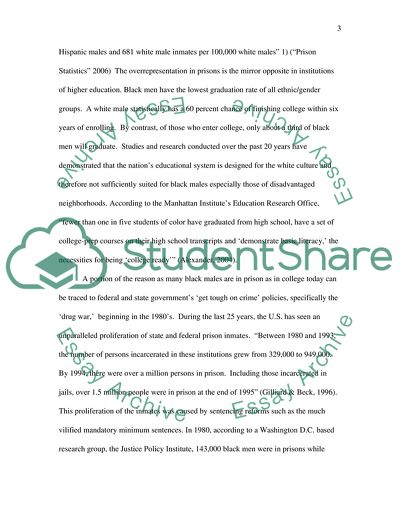Cite this document
(Comparing the Numbers of Black Men in College and in Jail Essay, n.d.)
Comparing the Numbers of Black Men in College and in Jail Essay. https://studentshare.org/social-science/1711896-is-there-more-black-men-in-college-or-ion-jail
Comparing the Numbers of Black Men in College and in Jail Essay. https://studentshare.org/social-science/1711896-is-there-more-black-men-in-college-or-ion-jail
(Comparing the Numbers of Black Men in College and in Jail Essay)
Comparing the Numbers of Black Men in College and in Jail Essay. https://studentshare.org/social-science/1711896-is-there-more-black-men-in-college-or-ion-jail.
Comparing the Numbers of Black Men in College and in Jail Essay. https://studentshare.org/social-science/1711896-is-there-more-black-men-in-college-or-ion-jail.
“Comparing the Numbers of Black Men in College and in Jail Essay”. https://studentshare.org/social-science/1711896-is-there-more-black-men-in-college-or-ion-jail.


